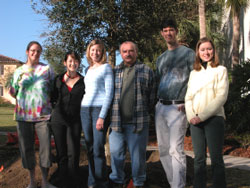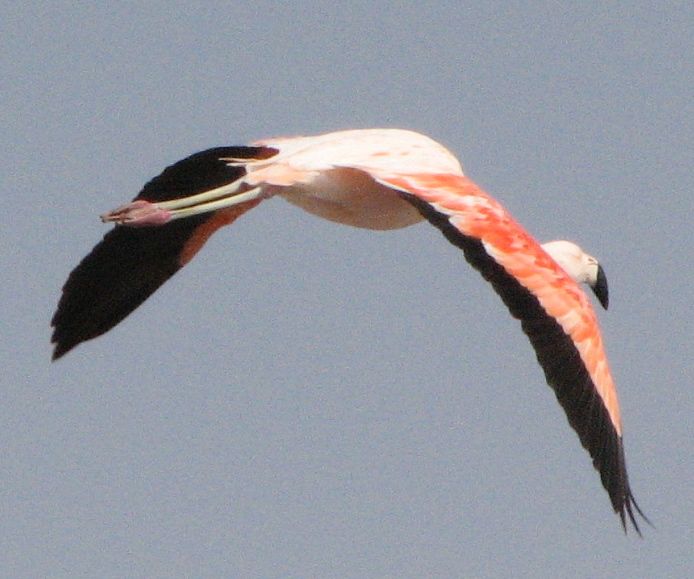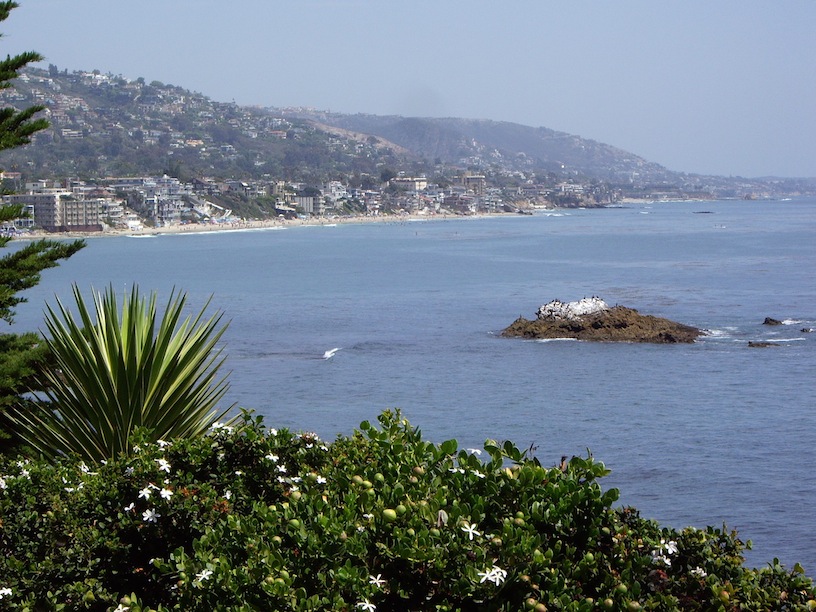|
|
|
|
|
Biographical Sketch of Joseph V. Siry: "A Tree Planter”
He addressed the matter of global warming and the loss of biodiversity in the world's wildlife populations at an International Biodiversity Conference in Banos Ecuador, 2007. By participating in the Focus the Nation teach-in effort in January 2008 he brought the seriousness of the problem to students and faculty attention based on realistic solutions to curbing our heat trapping gas emissions by conserving energy. He is a policy topics editor for Encyclopedia of Earth, a digital media source for academic information on the world wide web which is a collaborative effort of Boston University and the National Council for Science and the Environment. Dr. Siry believes that through energy efficiency and renewable fuel sources, industrially advanced commercial nations must lead the way in conserving the world's remaining wildlife and wild areas. One such example is the solar electric generating project he helped steer into reality at the College in 2006-2007. Since 2007 he has worked with his colleague in Chemistry, Larry Eng-Wilmot to bring students, faculty and staff to New Orleans to rebuild low-income housing for disaffected communities in the Mississippi delta. He is the faculty advisor the student organization Rollins Relief that has been assisting Habitat for Humanity in the recovery and rebuilding of New Orleans since 2006. In 2006, he and an engineer, Ron Presswood (Rollins Alumni) worked with students in SIry's coastal conservation class and the City of Satellite Beach, Florida to create an ocean dune restoration project in that municipality. In the summer of 2006, he attended the Oxford Roundtable on the Arts and the Sciences at Jesus College in Oxford University, where he gave an opening address on Charles Percy Snow's essay, The Two Cultures. In the summer of 2007, he presented a paper on the affects of climate chaos and global warming on the declining level of biological diversity at a meeting of environmental professionals in Syracuse University after attending a National Audubon training and lobbying on behalf of protecting the arctic in, Washington, D.C. Our American traditions of solving problems with appropriate technology and the varied array of renewable energy alternatives are just some of the reasons he believes that global warming is a problem that humans have created and that together we can begin to solve with new monetary institutions and engineering. During the fall 2005, Dr. Siry spoke to the University Club of Winter Park on Charles Darwin's legacy today, in light of new scientific evidence for natural selection and the recent unscientific attacks on the teaching of biology. Siry suggests that if the Creationists and "intelligent design" proponents have a problem with evolution they begin arguing with physics' faculties because the cosmology of the big bang and an expanding while evolving universe is the work of modern science science Edwin Hubble discovered the ongoing expansion of outer space in 1921. In addition to teaching, he has spent a year as a River Restoration Coordinator for Florida Defenders of the Environment in an effort to restore the St. Johns River watershed. This post was after his third consecutive year as a founder and director of the Natural Resources Defense Council’s, Florida global warming campaign. Siry received the Florida Chapter of the Sierra Club’s Cypress Award, in 2000, for leadership in preservation efforts and for his work on global warming. Created in 1999, the Florida Climate Alliance is a statewide organization with over forty affiliated members from across the nation and the state including business, civic and environmental groups united in their effort to reduce air and water pollution from mercury and heat trapping gases. Siry is currently
Treasurer and member of the Executive Board of the Save the Manatee Club. In considering the formative influences on my learning, "I first studied the Alcovy River tributary of the Altamaha River in Georgia as an undergraduate at Emory University thanks to biologists Dr. Homer Sharp and Dr. Curry T. Haines. This was part of my third quarter in biology," he recalls and "it was not until a geology class when I first saw the Georgia Sea Islands that I realized the significance of rivers and the sea. In that year of study I witnessed precisely how complex any river really is at it tumbles out of the mountains, winding its way across the Piedmont relentlessly sculpting the landscape as it moves water, silt and nutrients to the undulating tides of a restlessly awaiting ocean."
After teaching for several colleges in the San Francisco Bay area he met his current wife Barbara McMorrow in Martinez, California, while teaching History at Sonoma State University and Environmental Science at Chapman College in the Napa Valley. A year after their marriage in 1983, they moved to central Florida. Coming home to Florida after an absence of 15 years was instructive. The Everglades jet port and Barge Canal proposals were dead but the state had doubled in population. “I remember meeting Dr. Archie Carr for the first time in Gainesville, in 1984, because I complained to him about the apparently abysmal state of environmental protection in the Florida.“ Archie directed Barbara and me to meet an enthusiastic woman in Gainesville who was then in charge of FDE. This was, of course, Mrs. Marjorie Carr, who convinced us to join her crusade to protect Florida’s wilderness and wildlife.”Our meeting Marjorie and Archie changed us and the work we pursued in protecting the vanishing ecological habitats of the nation." Siry’s first serious encounter, in 1985 with the conservation community, grass roots organizers such as Attorney Michael Chenowith with the Isaac Walton League, and the Florida State Cabinet came over his outspoken expression of concern for the decline in the biological diversity and ecological conditions of the Everglades and Florida Keys offshore coral reefs. As author of Marshes of the Ocean Shore: the Origins of an Ecological Ethic, Siry recognized a serious flaw in the division of jurisdictions that divorced the reefs and the tropical hardwood hammocks of the keys from the protection of the National Park Service. As a fragmented landscape of wet prairies, tropical hardwood forests, and coastal mangroves the unity of the Everglades as that nourishing river of grass had been sacrificed to development that now ironically depends as never before on this oasis of fresh water in a rising sea of salt water intrusion. By combining community action with relevant research and engaged teaching in Environmental History, the History of Science and Technology and community-based service learning activities, Siry believes that “students have encouraged me to adopt a completely active approach to civic improvement as an investigative venue for envisioning how to solve social and ecological problems. My students teach me far more about the world than I teach them,” he says “so I've become committed to doing something for others and not just preaching.” Service learning is an absolute prerequisite experience for students to become actively engaged, self-motivated citizens to responsibly enhance their communities. Due to the mounting global threats to all life from climate change and global warming to the loss of biodiversity, education must change to incorporate an urgency in learning, a dedication to community renewal and an expansion of our moral imagination to encompass the imperious challenges of this new era. The unengaged student is a liability in a world desperate for expertise and honest analysis. The challenge is ours to salvage our nation's tarnished reputation and ignite a rebirth of ingenuity in solving the world's social and ecological problems to enable us to restore communities one house and one city at a time. Siry has had his classes adopt an inner city elementary school in Orlando
in order to grow and demonstrate an “edible and native botanical
garden,” or stay over night in a homeless shelter. Because there is so much to do in the world to sustain ourselves and others, “Unless you start somewhere,” Siry argues, “you can feel overwhelmed and easily succumb to fatalism.” He concludes that “things converge in stewarding a small workable garden or arbor because planting trees, vegetables or reintroducing native species has big returns from a small step anyone can take to diversify a piece of land. That way we enhance the gene pool for future generations.” Trees have so many advantages attached to them --not the least of which-- as they are the gift that keeps on giving long after I will have died. (2000 words)
|








